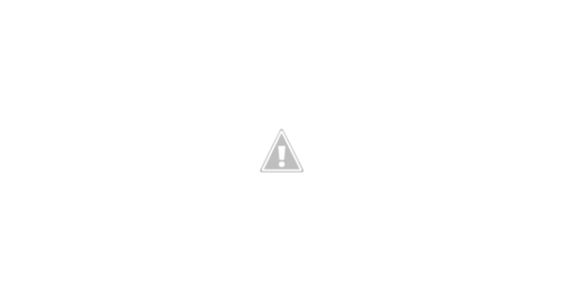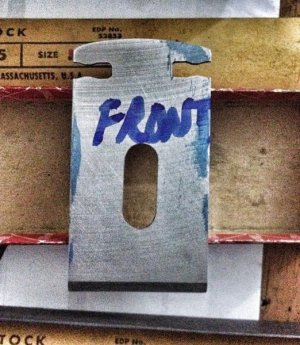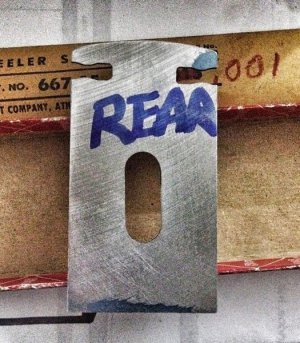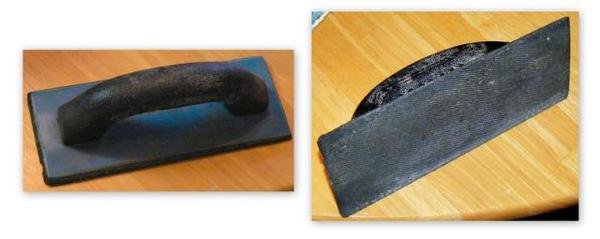- Joined
- Feb 2, 2013
- Messages
- 3,620
I started working the blade of the plane, heres how the blade blued up after a few lapping cycles.
the lapping was achieved by laying 400 grit wet/dry sandpaper on the surface plate.
by adding some glass cleaner as the wet agent and a coarse grain foam sanding block as the makeshift work holder.
the coarse foam block almost adheres to the blade and makes the lapping a lot safer than trying to push the blade by hand.
i surmise that it would also apply a more even pressure over the surface of the blade as well.
pictures of the rubbings
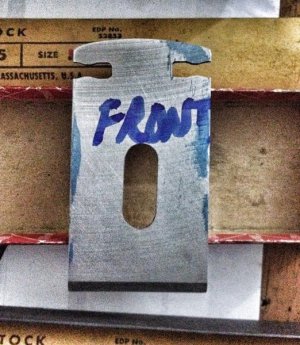
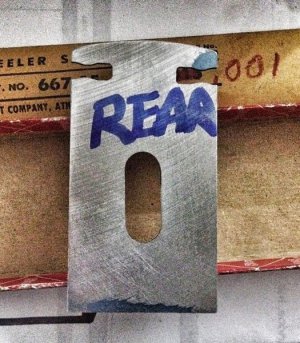
it's gonna need some work!
the lapping was achieved by laying 400 grit wet/dry sandpaper on the surface plate.
by adding some glass cleaner as the wet agent and a coarse grain foam sanding block as the makeshift work holder.
the coarse foam block almost adheres to the blade and makes the lapping a lot safer than trying to push the blade by hand.
i surmise that it would also apply a more even pressure over the surface of the blade as well.
pictures of the rubbings


it's gonna need some work!


